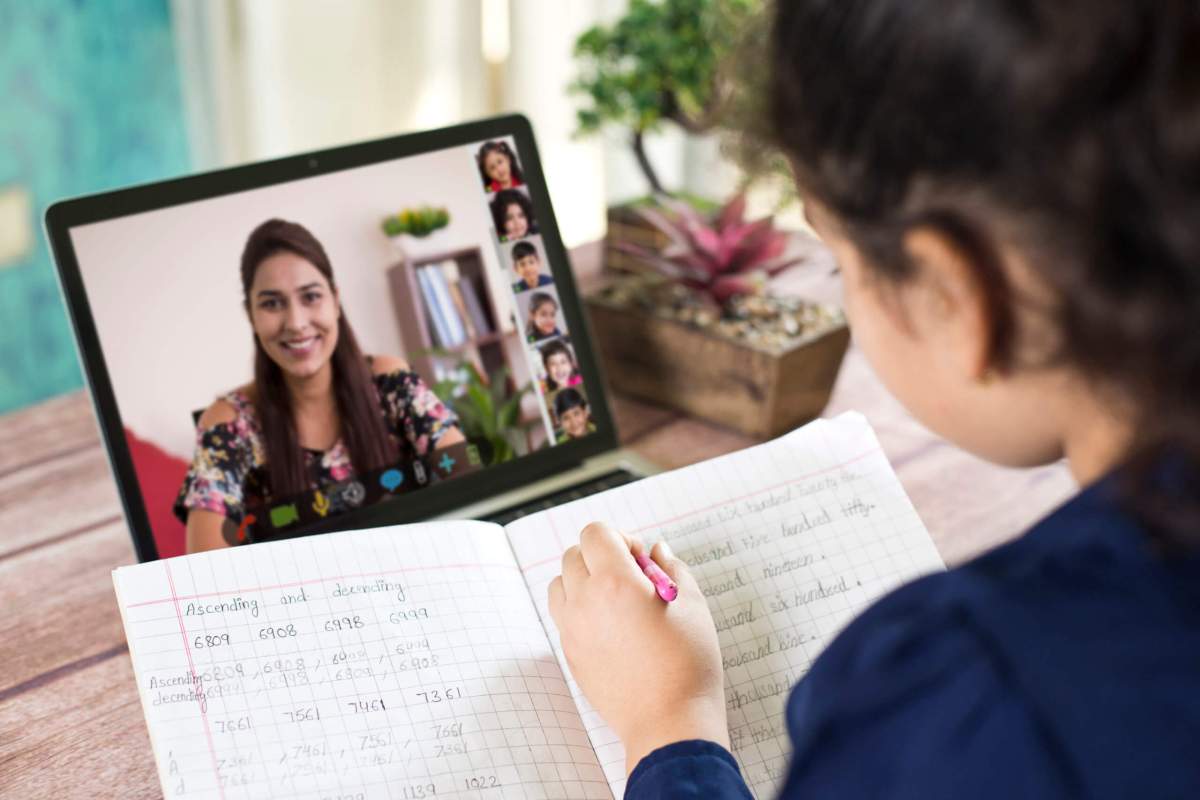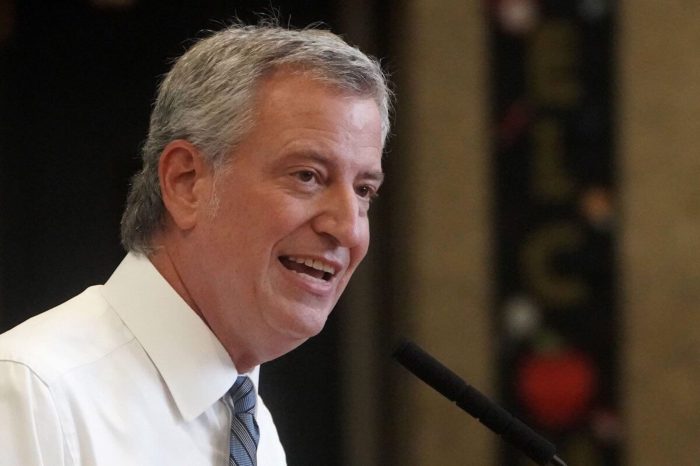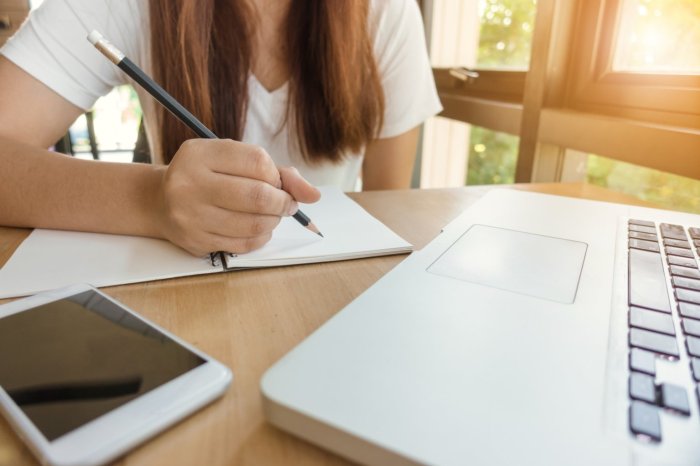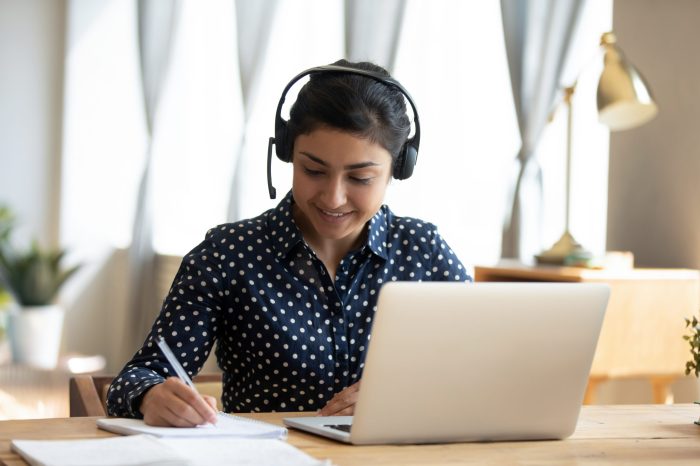BY MIRIAM RACCAH AND JESSICA NAUIOKAS
When Mayor Bill de Blasio announced the closure of all school buildings on March 15 during the height of the pandemic, it became clear to educators everywhere that this year would be unlike any other. Where classrooms were once intimate, nurturing places for children who need support most, schools would transform themselves into distance learning environments.
In the initial months, many wrote off remote learning. It was declared a failure. And yet it’s become a lasting reality: roughly half of all public school children in our city are now learning virtually this school-year.
As educators, with our children’s futures at stake, we know that we must succeed. Since that day back in March, our schools have learned a lot about how to do remote learning well, developing comprehensive best practices — ones that we want every educator to know about.
Because we are all in this together.
What are those best practices? At our schools, success starts with communication. We have used this moment to reimagine our relationship with our parents. We’ve taken the time to gain an even deeper understanding of their individual situations. Did they lose a loved one? Are families facing tenuous financial circumstances? Did they have the social support they needed—food, housing, and more—in this time of urgent need?
We’ve found that success at remote learning and supporting each child necessitates actively understanding those answers. In fact, our frequent communication with families has actually brought us closer to each student, something that will benefit us long after COVID is a thing of the past.
Next, embracing technology — not passively accepting it — matters. The pandemic has exhibited to the world that the digital divide is real. In the Bronx alone, in the communities our public charter schools serve, 38% of households lacked high-speed internet prior to COVID.
But once we scrambled to secure learning devices for our children back in March, today we’re able to deploy new learning tools like never before. Virtual field trips, remote museum visits, virtual college tours, and more—it all became available because the digital divide has narrowed.
Remote learning is truly an opportunity for educators everywhere to reinvent their lessons and capitalize the rich array of online resources by integrating them into student learning experiences.
Going forward in a post-COVID world, academic work is now something that can be done everywhere, at every hour. In the future, students will have access to their lessons and materials 24/7 via the cloud and their devices. And if students are sick for a day or absent for a longer time, they may no longer risk missing lessons.
Embracing online teaching tools today will benefit in-person learning tomorrow.
And despite our distance, virtual classrooms have shown why the arts and music are more important than ever. They deliver critical enrichment that enhances all other academic learning. Dance gives students the exercise they desperately need from home. Music can enliven the virtual academic schedule. Drawing and painting can bring out the innate creativity that exists in all of our kids. Both art and technology can help with problem-solving.
But most importantly, the arts provide kids an opportunity to express themselves that they may otherwise not have. It’s a chance for them to connect with their friends and peers that is unlike the traditional academic experience – made more difficult by current circumstances.
And as the pandemic has shown, schools are truly the anchors of the neighborhoods we serve. But despite our distance, our schools must maintain community.
Educational events – family trivia nights, movie nights, virtual “show and tell”, and more – can serve dual purposes. They can transmit academic information, provide new learning experiences, and increase student attendance, while also simultaneously bringing school communities closer together at a time when everyone needs it most.
We all must be creative in our approaches, and we must celebrate success wherever possible.
And most importantly, we need to meet students where they are. Given the incredibly challenging circumstances experienced by families, alternative assignments, one-on-one time, and communication outside traditional school hours must be delivered to students on a schedule that works best for them. Just as we must always differentiate instruction in-person, educators must also adjust the delivery of content in settings based on the unique needs of each child.
One size should not fit all.
We all know that schools are a source of stability for their communities, and despite incredible obstacles, all of us educators have to continue going above and beyond for our communities. We cannot let up.
Remote learning will likely be with us for the months and years ahead. And during this once-in-a-century pandemic, a generation of children is counting on us.
Miriam Raccah is Executive Director at Bronx Charter School for the Arts and Jessica Nauiokas is Head of School and Founder at Mott Haven Academy Charter School.”




































